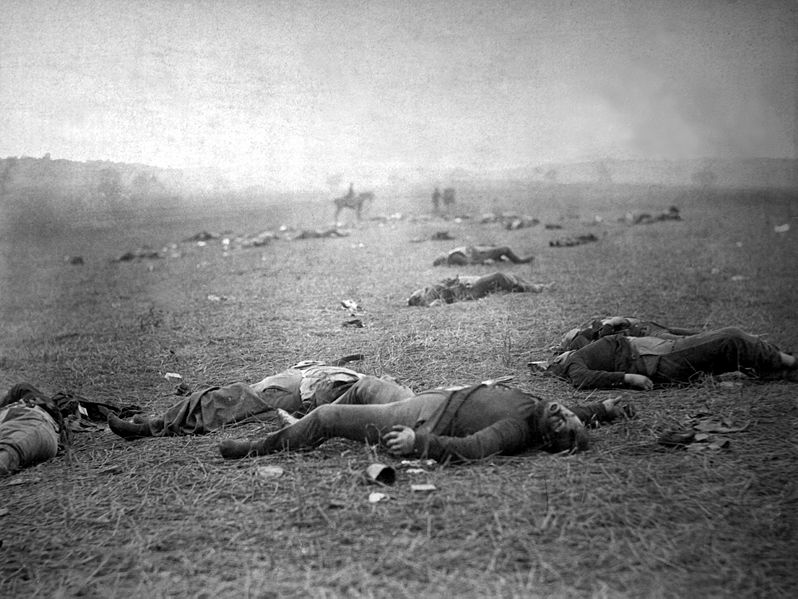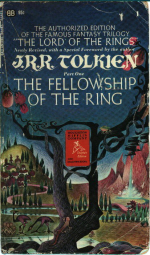Amanda Knox and the U.S.-Italian Extradition Treaty
With an Italian appellate court having just overturned Amanda Knox’s murder conviction, the prosecutor on the case, Giuliano Mignini, has stated that he will appeal to have the conviction and sentence reinstated. Meanwhile, Ms. Knox is back in the United States and out of the reach of the Italian government. Given that the prosecutor has not yet filed his appeal, its basis and likely result remain unclear. Assume for the sake of argument, however, that the Italian high court sides with the prosecutor and reinstates the conviction and sentence, and that Italy subsequently requests Ms. Knox’s extradition. Would the United States comply?


 The Supreme Court heard
The Supreme Court heard